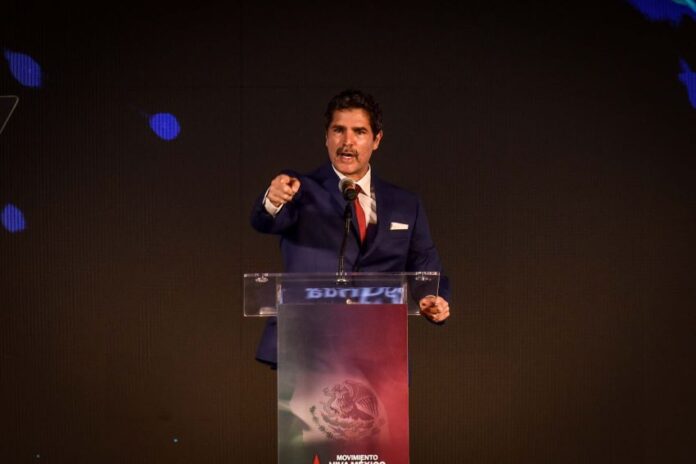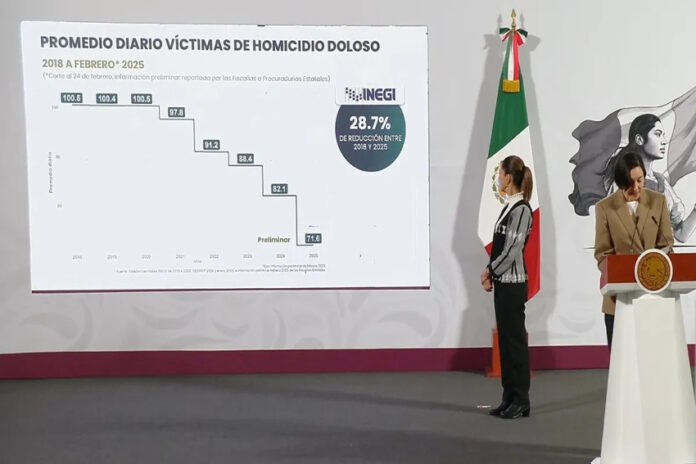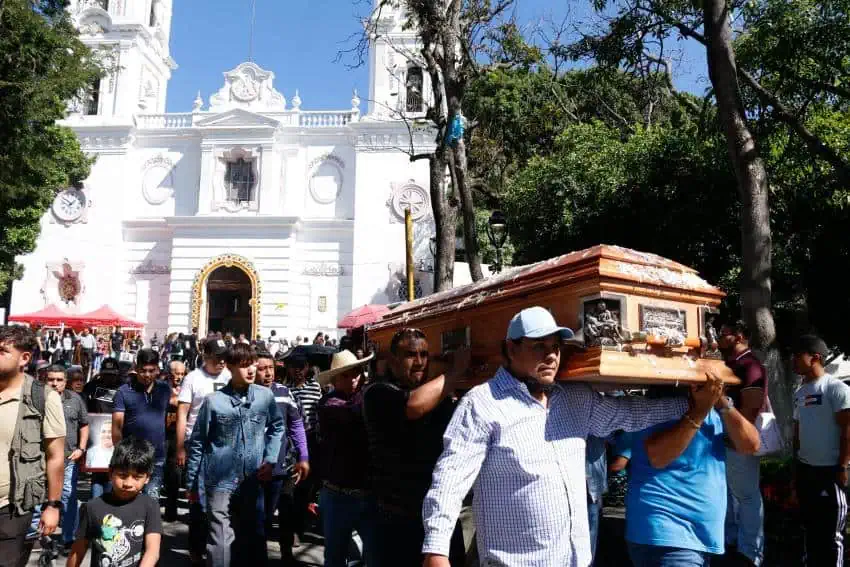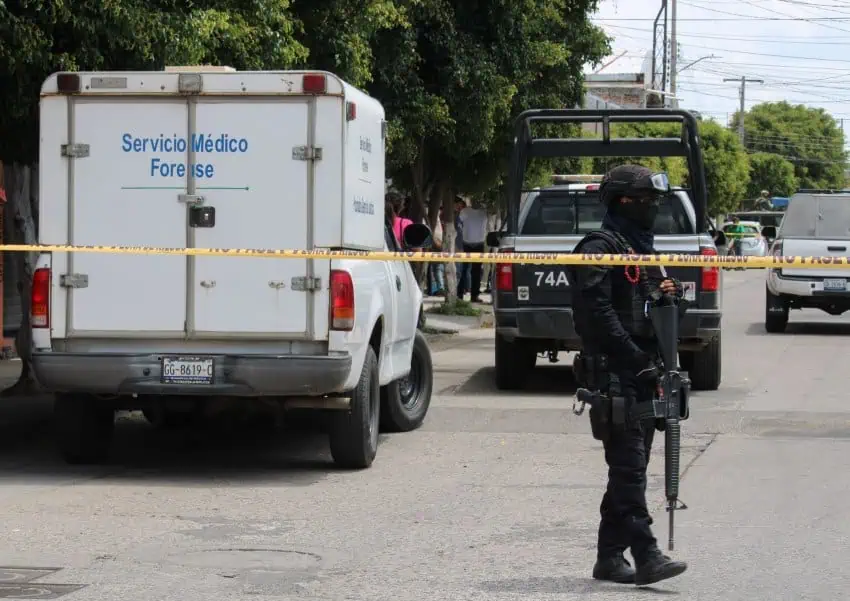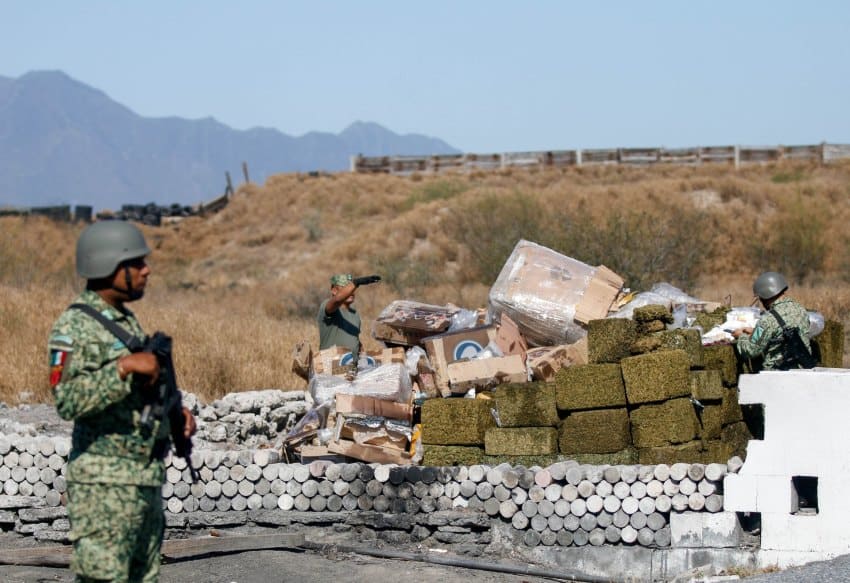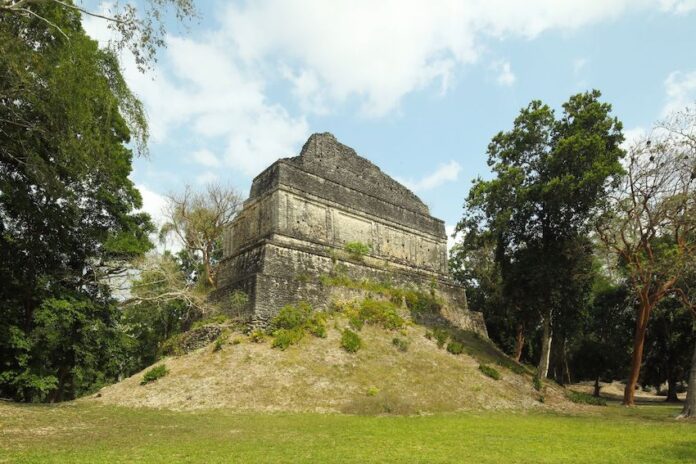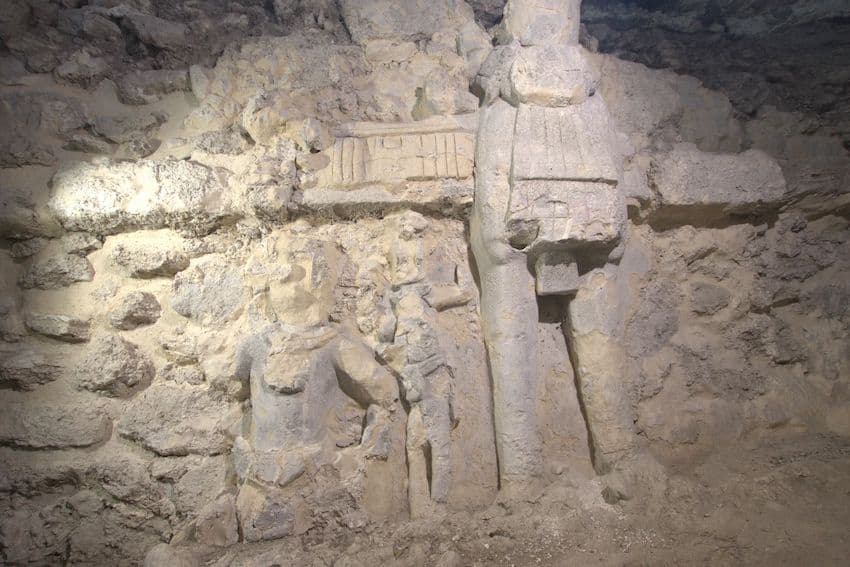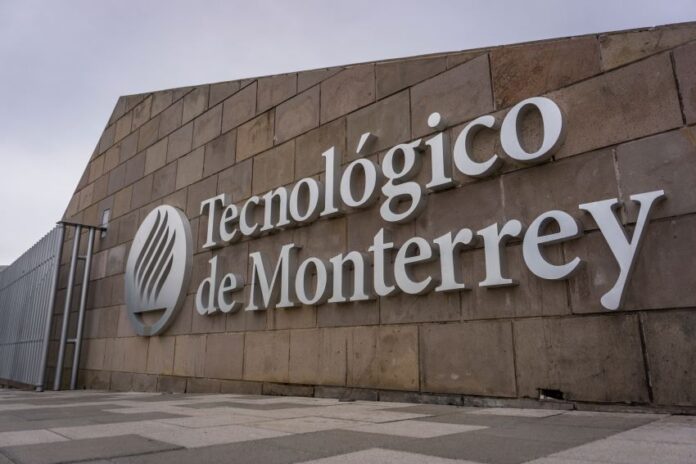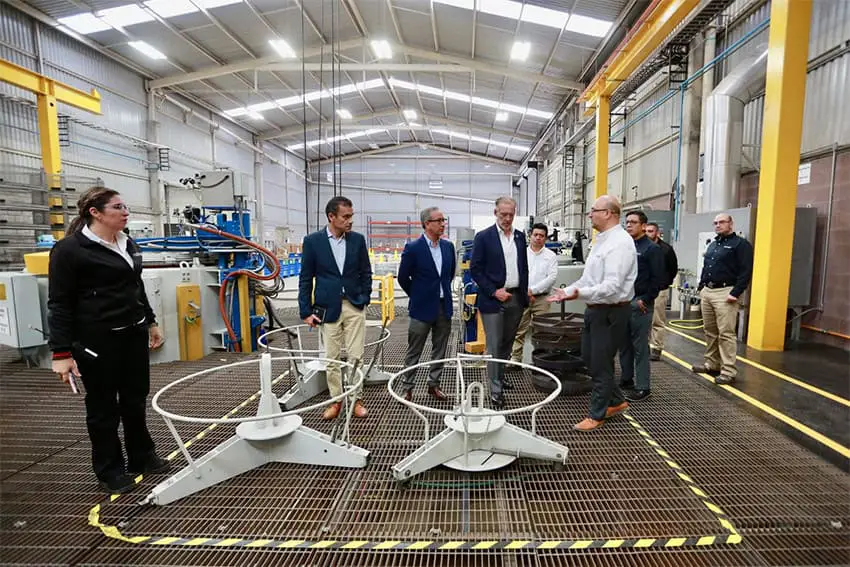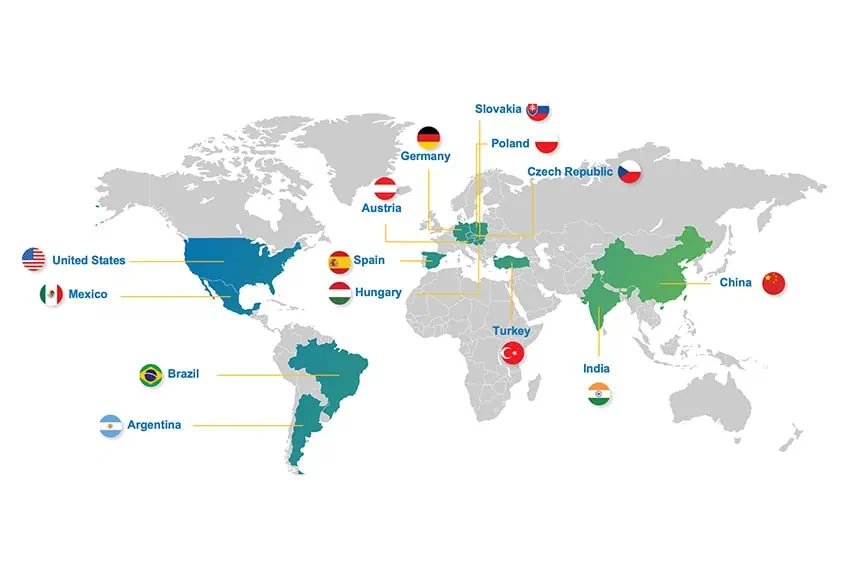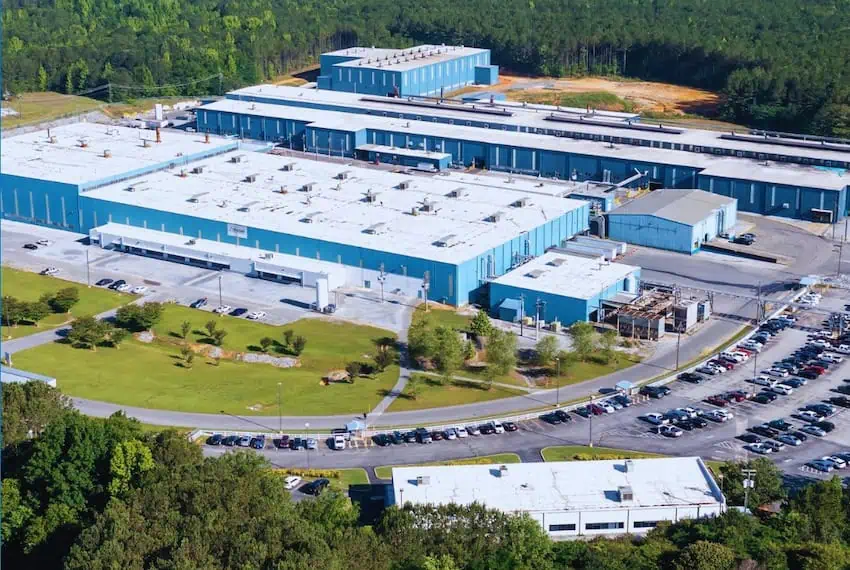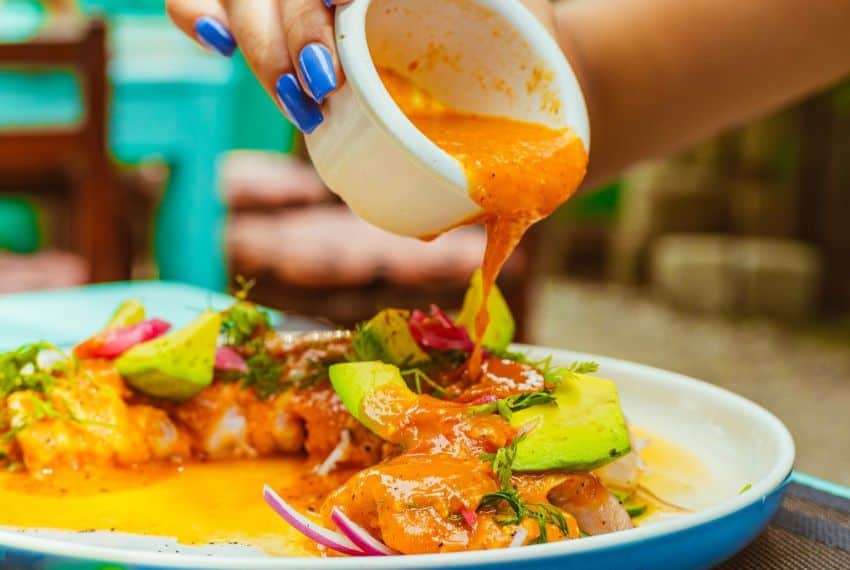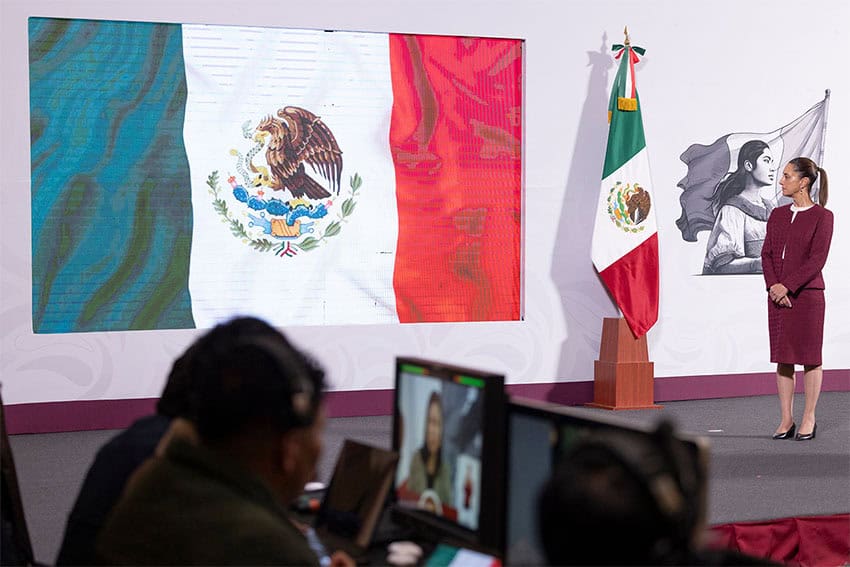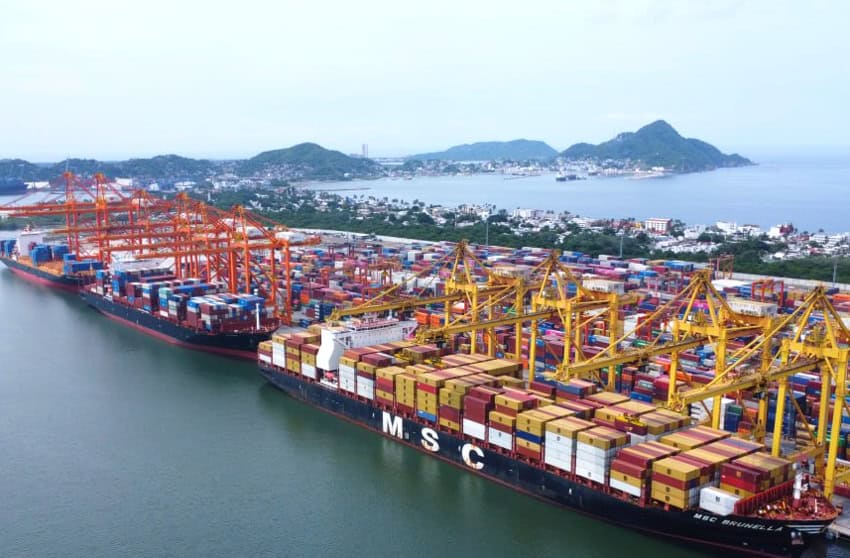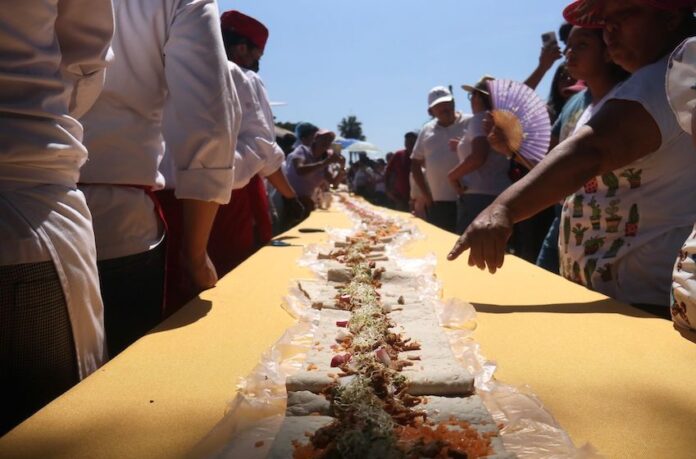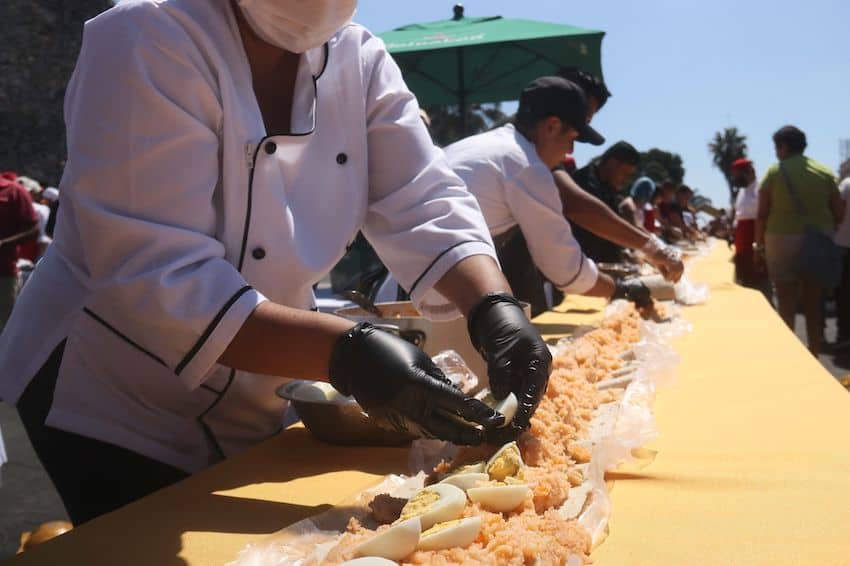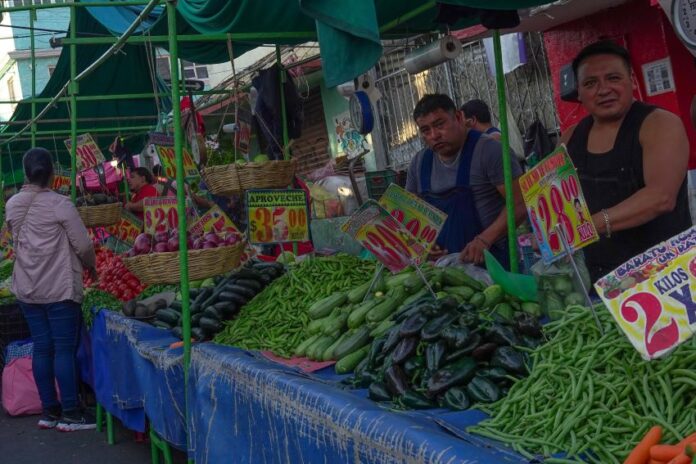The National Electoral Institute (INE) on Monday approved the application of a new political party promoted by Eduardo Verástegui, a right-wing actor and producer with ties to U.S. President Donald Trump.
“Today, Feb. 24, on National Flag Day, a symbol of our identity, history and sovereignty, we are beginning a grand mission — the construction of the Movimiento Viva México (Long Live Mexico Movement) party,” Verástegui said in a statement.
Con mi amigo, el senador Marco Rubio, que jugó un papel muy importante en el triunfo de la libertad.#Trump2024 pic.twitter.com/0lYk7o8ZqT
— Eduardo Verástegui (@EVerastegui) November 6, 2024
In March, INE will formally recognize the approved applications after which all aspiring parties will have one year to accumulate membership equal to 0.26% of current federal voter rolls, which amounts to 256,000 people.
Each aspiring party must also carry out formal party assemblies in at least 20 states or 200 election districts.
Upon meeting these requirements, Movimiento Viva México will be eligible to register as an official party in 2026.
Verástegui — whose political views have been described as ultra-conservative and extreme right-wing — most recently made headlines after performing a gesture similar to a Nazi salute last Friday at the end of his speech at the Conservative Political Action Conference in Washington, D.C.
Buenas noches familia. Mi corazón está con todos ustedes. ¡Luchen, luchen, luchen!
Dios los bendiga. ¡Viva México! 🇲🇽 pic.twitter.com/XYgwxyOo37
— Eduardo Verástegui (@EVerastegui) February 23, 2025
The 50-year-old native of Tamaulipas first gained notoriety in the 1990s as a member of the pop music group Kairo before trying his hand at acting. He had some success in Mexican soap operas and landed several acting roles in Hollywood in the early 2000s.
While in the U.S., Verástegui says he rediscovered his Catholic faith, eventually becoming deeply involved in the anti-abortion movement, according to a report published by the Catholic News Agency.
During the 2008 U.S. presidential election, Verástegui criticized campaign messages from Democratic candidate Barack Obama that “promoted abortion” in Latino communities.
In 2020, U.S. President Donald Trump nominated Verástegui to be a member of the President’s Advisory Commission on Hispanic Prosperity. Since then, Verástegui has been a vocal supporter of Trump, even traveling on the campaign trail ahead of the 2024 presidential election.
Verástegui unsuccessfully tried to run for president in Mexico in 2024, but the INE rejected his candidacy after he failed to accumulate the total number of signatures to meet the eligibility requirements.
And while Mexican President Claudia Sheinbaum was not invited to Trump’s inauguration on Jan. 21, Verástegui was among four Mexicans — including Carlos Slim — who attended the festivities in Washington, D.C.
The Movimiento Viva México’s party website says it is “building a citizens’ front determined to defend life, family and the fundamental freedoms that define us as Mexicans” and invites supporters to “give it all for the love of God and for the love of Mexico.”
With reports from El Universal, Infobae, El País, Americas Quarterly and Catholic News Agency
